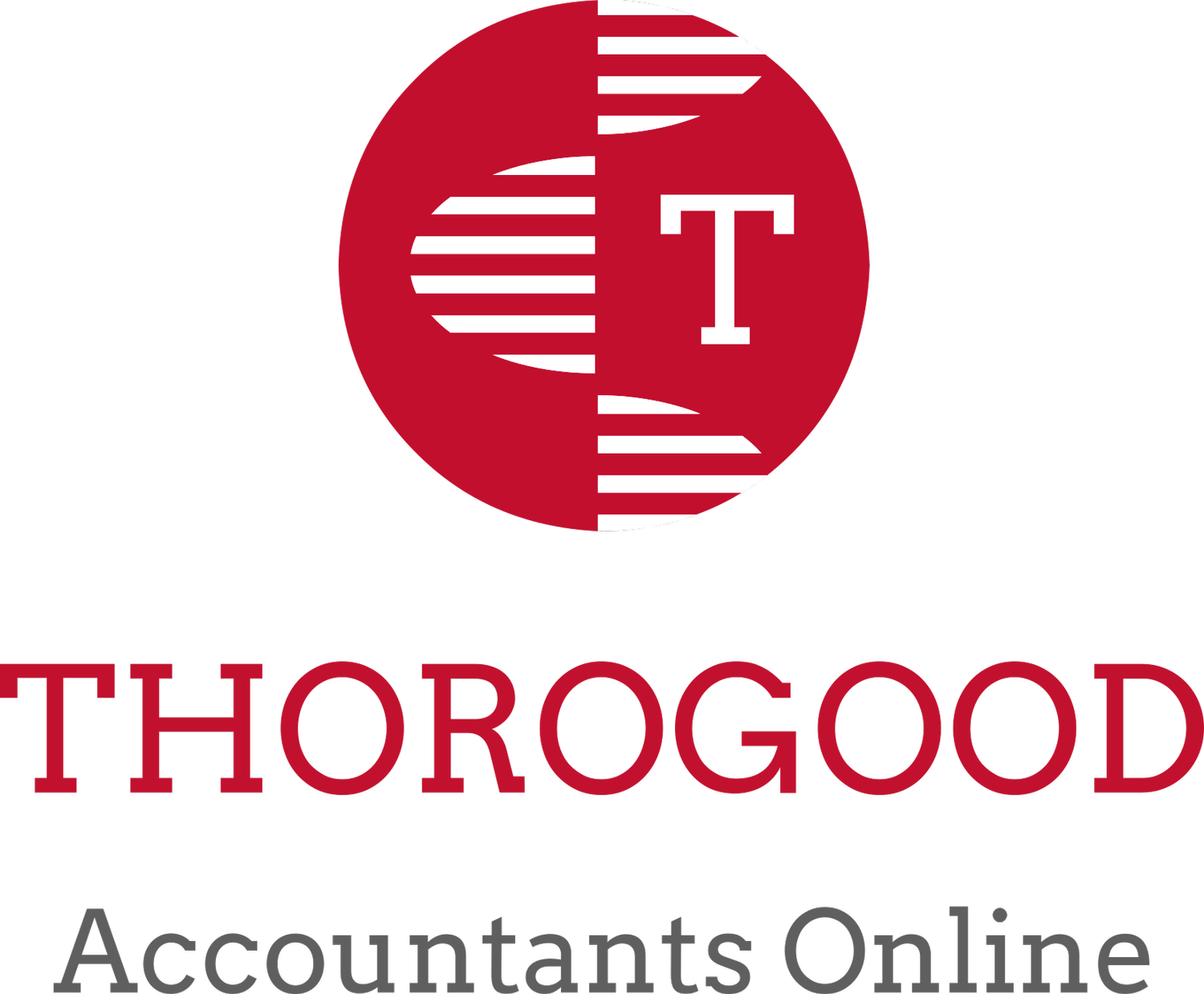The ATO hates Trusts - because they’re great!
The Australian Taxation Office (ATO) has always hated discretionary (family) trusts because they are such effective and flexible asset protection, wealth transfer and tax planning vehicles.
In its latest assault, the ATO has disinterred a seldom-used 1979 anti-avoidance law (Section 100A) and instructed its Tax Auditors how and when to use it.
The ATO’s change of posture on 100A is arguably the biggest threat to SME & HNW tax planning in the past ten years.
In essence, 100A can apply where there is an agreement that a taxable trust distribution will go to one beneficiary (usually a low tax rate person, such as an over-18 child) but the actual cash goes to someone else (usually a high tax rate person - Mum or Dad).
The ATO has assured us that it will apply 100A only in the most egregious circumstances- those that don’t pass its “sniff test”. But what is “egregious” or “stinky” in an ATO Auditor’s eyes/nose is likely to have a low threshold.
There are a number of defensive solutions to 100A vulnerability - actually pay the distributions, don’t have a pre-existing reimbursement agreement and be able to prove it, stay within the safe harbours.
The safe harbours include limiting unpaid distributions to people who are actively involved in your family business. So, in the ATO’s view, an unpaid distribution to your working-in-the-business adult child is fine but an identical distribution to your student adult child is not.
What is most important is a clear understanding of your Section 100A risk profile and for mitigation measures to be implemented properly. This is a huge issue for family-owned businesses and high net worth individuals. Don’t ignore it!
